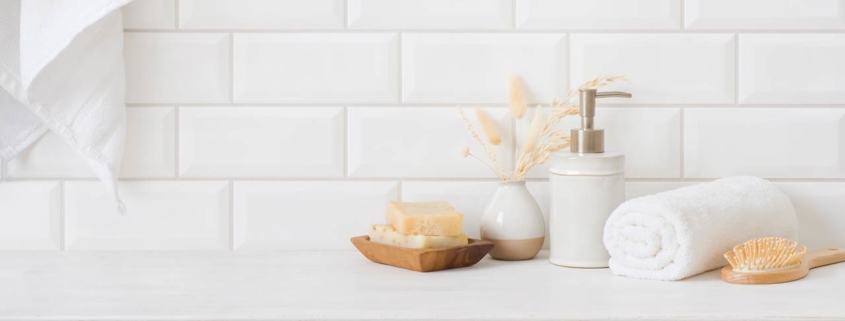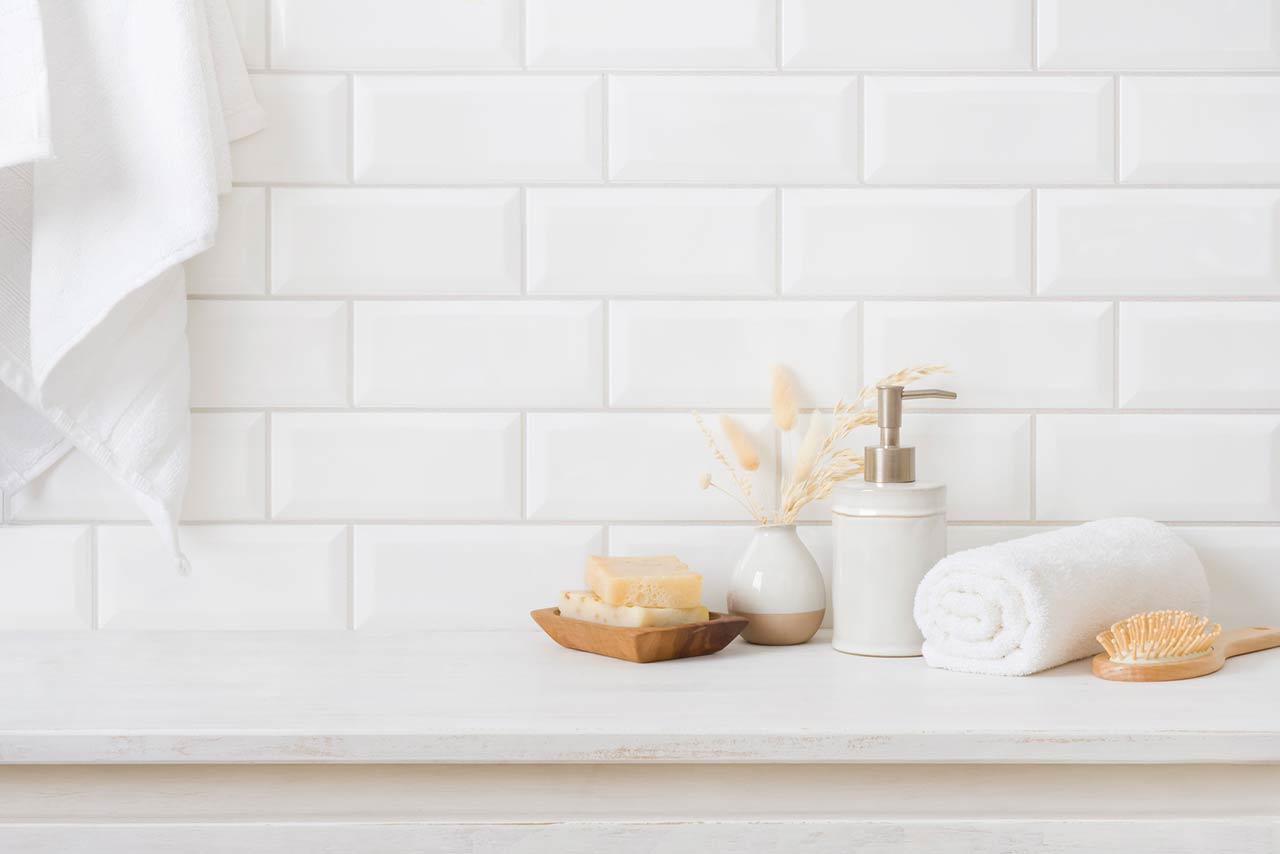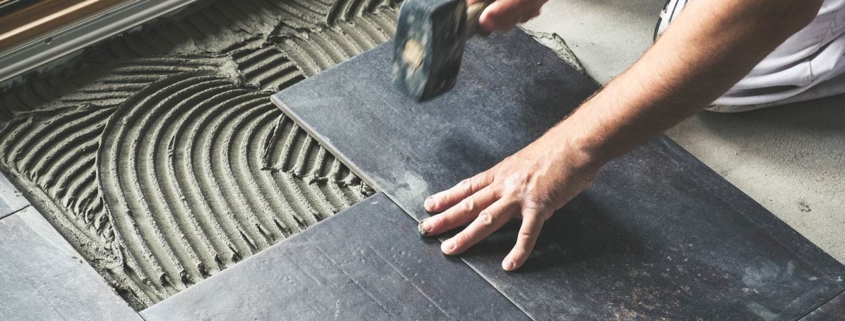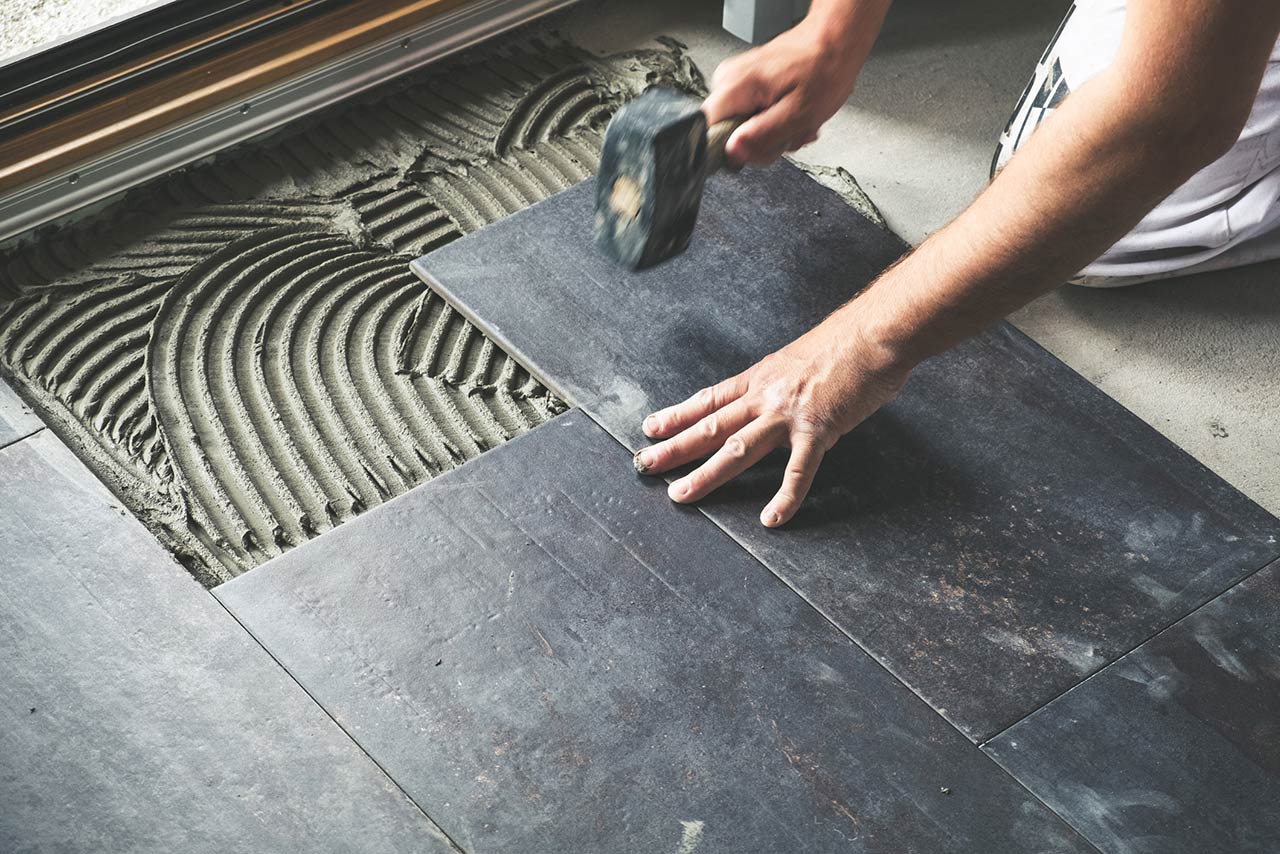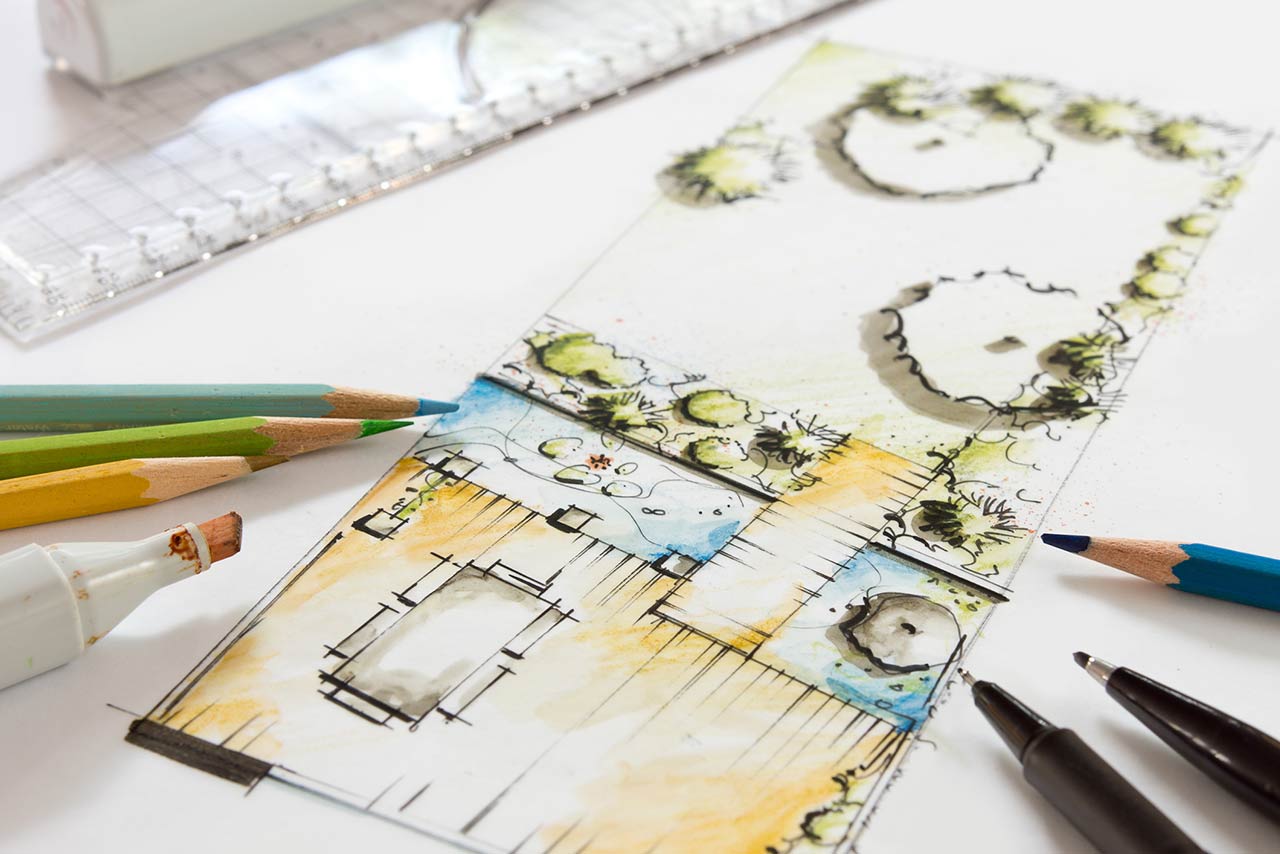4 Simple Practices to Improve Your Personal Finances

The downward spiral of debt is a dangerous one, especially when that debt is attached to extremely high interest rates, typical of credit card debt. With rates as high as 36%, it can be very challenging to climb back out for air. But all is not lost. You can still take action right now to not only get rid of your debt, but start padding your savings account too.
Give these 4 practices a go to get you back on the road to financial health for the long haul.
Commit to Using Cash Only for a While
If you’ve had a torrid affair with plastic (aka your credit card), you may have gotten yourself into trouble every now and then. Financial gurus often suggest that people with dangerously high levels of debt should cut up every credit card owned, and use cash only for expenditures until the debt has been successfully managed.
If you are having a tough time saving because every penny you make is going to towards paying off your ridiculously high credit card debt, perhaps it’s time to start adopting a cash-only lifestyle, at least for a little while until you get a hold of your finances. Just keep one old credit card account open, but don’t charge it. While this may sound like a crazy, impossible task, you’ll soon learn how to live within your means.
Put 1% of Every Paycheck Into Your Savings Account
One percent might not sound like a lot, but it’s something, and it’s a good starting point upon which you can build. Putting a certain percentage of your income away into a savings account will help get you into the habit of saving on a regular basis. No matter how small your bank account is, and regardless of how little you’re putting away every month, the point is you’re still saving.
As you begin to gradually pay off debt and slowly grow your savings, you can take the money you’ve accumulated and start putting more of it towards debt. You’d be surprised at what this forward momentum can do for your saving habits. Before you know it, you’ll be much closer towards paying off your debt.
Check Your Balances on a Daily Basis
Sound like too much? Well, just taking a couple of minutes each day to check your account balances can help keep you in-the-know about your finances and spending habits. While daily account checking might sound a tad obsessive, it can really help keep you honest with yourself about where exactly your money is going. It’ll also help lower the odds of spending impulsively. By having an accurate dollar amount floating around in your head, you’ll be better able to make sound spending decisions.
Reward Yourself on PayDay
Much like treating yourself to a donut every once in a while when on a diet, rewarding yourself with a spending treat is also helpful when you’ve stuck to your budget so diligently until payday. Just make sure that this reward is an affordable luxury, and not an exorbitant splurge that you’ll deeply regret. It could be a manicure, a half hour massage, or a new pair of shoes. Over time, you’ll start looking forward to these rewards, helping you stick to your budget without tapping into your savings.
Sticking to these practices, and others like them, on a consistent basis can help turn your finances around for good. After a few weeks or months, they’ll actually come naturally to you without having to force yourself into saving.




